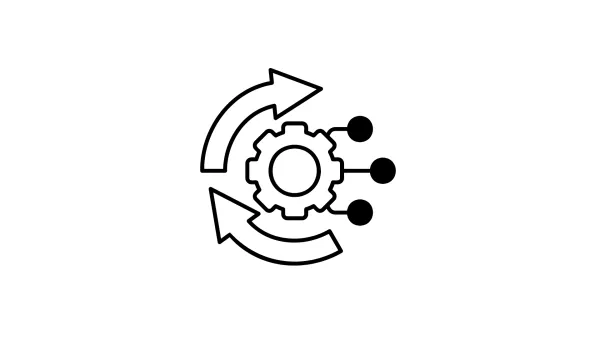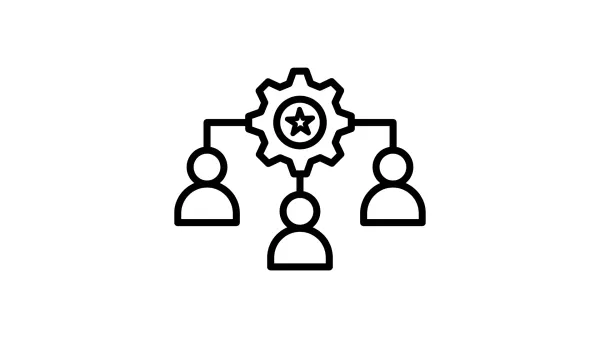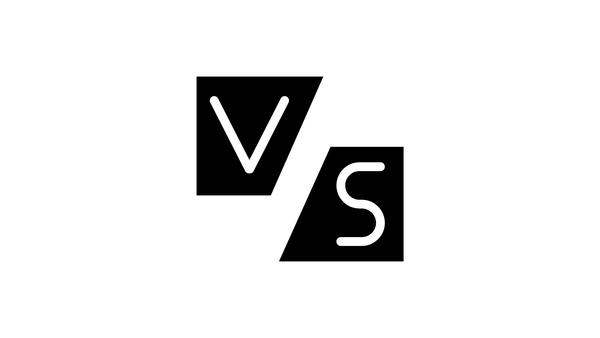HTTP/3 vs. HTTP/2: Key Differences Web Servers Must Know
HTTP/3 is revolutionizing web performance with faster speeds, improved reliability, and built-in security via QUIC. Discover how it compares to HTTP/2, where it excels, and how to implement it on your server. Get ready to future-proof your web infrastructure in 2025.

Table of Contents
The internet never stops evolving, and neither do the protocols that keep it running. HTTP/2 revolutionized web performance when it arrived, but now HTTP/3 is making waves as the next big thing. So, what’s the difference, and should you switch? Let’s break it down.
Introduction
The Evolution of HTTP: From 1.1 to 3
HTTP/1.1 was the workhorse of the internet for decades but struggled with modern web demands. HTTP/2 introduced multiplexing and header compression, significantly improving speed. HTTP/3 takes it further by rethinking how data travels, making the web faster and more reliable.
Why HTTP Protocols Matter for Web Servers
A faster protocol means happier users, better SEO, and lower bounce rates. It’s not just about speed—security and reliability are also crucial for today’s web.
Overview of HTTP/2
Key Features of HTTP/2
- Multiplexing: Multiple requests are handled in a single connection, reducing overhead.
- Header Compression: Smaller headers mean faster data transmission.
Benefits of HTTP/2 for Web Performance
- Faster loading times.
- Reduced latency.
- More efficient use of server resources.
Limitations of HTTP/2
While it’s a huge leap from HTTP/1.1, HTTP/2 struggles with packet loss, which can slow down the entire connection.
What is HTTP/3?
Introduction to HTTP/3 and the QUIC Protocol
HTTP/3 is built on the QUIC protocol, which uses UDP instead of TCP. This change allows faster, more reliable connections, even in tricky network conditions.
Key Features of HTTP/3
- UDP-Based: Faster connections with less overhead.
- Connection Resumption: Quick recovery from network interruptions.
How HTTP/3 Differs from HTTP/2
Unlike HTTP/2, HTTP/3 handles packet loss more efficiently, ensuring one lost packet doesn’t slow down the entire connection.
Performance Comparison: HTTP/3 vs. HTTP/2
Latency and Speed: Which is Faster?
HTTP/3 wins in environments with high latency, such as mobile networks. Its ability to resume connections and avoid head-of-line blocking makes it faster in real-world conditions.
Handling Packet Loss and Connection Reliability
HTTP/3 is designed to handle packet loss gracefully, unlike HTTP/2, where a single lost packet can delay all subsequent data.
Impact on Mobile and Low-Bandwidth Networks
HTTP/3 excels on mobile networks, where frequent interruptions and packet loss are common, making it ideal for today’s mobile-first web.
Security Enhancements in HTTP/3
Built-in Encryption with TLS 1.3
HTTP/3 requires TLS 1.3, ensuring all connections are secure by default. This eliminates the risk of unencrypted traffic.
Improved Resistance to DDoS and Man-in-the-Middle Attacks
The use of QUIC makes it harder for attackers to hijack or disrupt connections, enhancing overall security.
Implementation and Compatibility
Which Browsers and Servers Support HTTP/3?
Most modern browsers like Chrome, Edge, and Firefox support HTTP/3. Popular web servers like Nginx, Apache, and LiteSpeed have also added support.
Challenges in Deploying HTTP/3
- Configuring servers for QUIC requires additional setup.
- Older clients and browsers default to HTTP/2, so backward compatibility is essential.
Backward Compatibility with HTTP/2
HTTP/3 is designed to fall back to HTTP/2 if a client or server doesn’t support it, ensuring seamless user experience.
Use Cases for HTTP/3
High-Traffic Websites and Streaming Platforms
HTTP/3’s speed and reliability make it perfect for high-traffic sites and platforms like Netflix or YouTube.
Real-Time Applications (Gaming, Video Conferencing)
Real-time applications benefit greatly from HTTP/3’s low latency and quick connection resumption.
When HTTP/2 is Still the Better Choice
For simpler websites or legacy systems, HTTP/2 may still be sufficient, especially if packet loss isn’t a significant concern.
How to Upgrade Your Web Server to HTTP/3
Configuring HTTP/3 in Nginx, Apache, and LiteSpeed
- Nginx: Enable QUIC and HTTP/3 modules in your configuration.
- Apache: Use the
mod_http3module to add support. - LiteSpeed: Built-in support makes setup straightforward.
Testing HTTP/3 Compatibility with Your Website
Use tools like Google Chrome’s DevTools or online services like https://http3check.net to verify compatibility.
Tools for Monitoring HTTP/3 Performance
Tools like Wireshark or HTTP/3-specific monitoring platforms can help you track performance improvements.
Pros and Cons: HTTP/3 vs. HTTP/2
Advantages of HTTP/3
- Better speed in real-world conditions.
- Handles packet loss effectively.
- More secure with mandatory TLS 1.3.
Limitations and Potential Drawbacks
- Requires additional setup and learning curve.
- Not all clients and servers support HTTP/3 yet.
Future of HTTP Protocols
Will HTTP/3 Replace HTTP/2 Entirely?
HTTP/3 adoption is growing rapidly, but HTTP/2 will remain relevant for backward compatibility and simpler use cases.
Emerging Trends and Innovations in Web Protocols
Expect future protocols to build on HTTP/3’s foundation, further improving speed, security, and reliability.
Conclusion
HTTP/3 is not just an incremental upgrade—it’s a game-changer for web performance and security. While HTTP/2 is still effective, HTTP/3 offers significant advantages, especially for high-traffic and mobile-first applications. Web server administrators in 2025 should seriously consider implementing HTTP/3 to stay ahead.
Got questions about HTTP/3? Let me know in the comments!
FAQs
What is the main difference between HTTP/3 and HTTP/2?
HTTP/3 uses the QUIC protocol over UDP for faster and more reliable connections, while HTTP/2 relies on TCP.
Why is HTTP/3 faster than HTTP/2?
HTTP/3 eliminates head-of-line blocking in TCP and handles packet loss more efficiently, reducing delays and improving speed.
Does HTTP/3 require encryption?
Yes, HTTP/3 requires TLS 1.3, ensuring all connections are encrypted by default for better security.
Which browsers and servers support HTTP/3?
Modern browsers like Chrome, Firefox, and Edge support HTTP/3, and servers like Nginx, Apache, and LiteSpeed have added compatibility.
Is HTTP/3 backward compatible with HTTP/2?
Yes, if a client or server doesn’t support HTTP/3, the connection will default to HTTP/2 to ensure compatibility.



